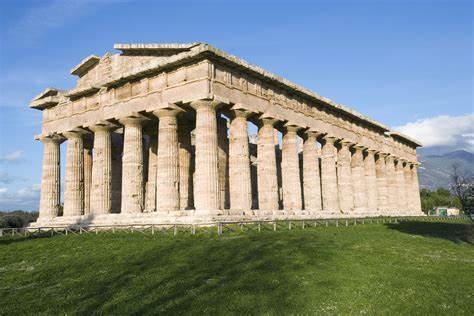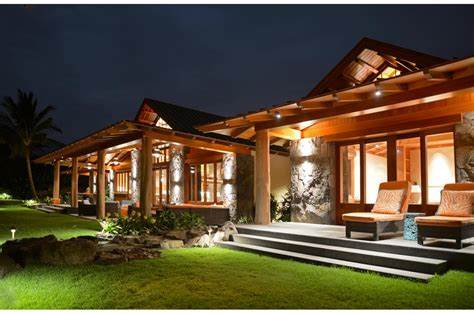Step into the enchanting world of Gothic architecture as we embark on a captivating journey through the ages. In this fascinating article, we will delve into the mysteries of the arch from gothic architecture crossword puzzle, unraveling its intricacies and shedding light on its historical significance.
Gothic architecture, with its soaring spires, delicate traceries, and grandiose stained glass windows, has long captivated the imaginations of architects, historians, and puzzle enthusiasts alike. It is a testament to human ingenuity and creativity, showcasing the remarkable achievements of the medieval era.
Join us as we decipher the clues within the crossword puzzle, exploring the diverse elements that define Gothic architecture. From pointed arches to flying buttresses, we will unveil the secrets behind these architectural marvels and the symbolic meanings they hold.
Through a blend of historical anecdotes, fascinating trivia, and expert analysis, we will unravel the tapestry of Gothic architecture, allowing you to appreciate the sheer magnificence and innovation of this timeless style.
Prepare to be engrossed in a world of architectural wonders, as we navigate the labyrinthine paths of the Gothic architecture crossword puzzle. Let the journey begin!
Contents
Key Characteristics of Gothic Architecture
Arch from gothic architecture crossword clue is characterized by several key elements that set it apart from other architectural styles. One of the most distinctive features is the use of pointed arches. Unlike the rounded arches of Romanesque architecture, the pointed arches of Gothic buildings create a sense of height and verticality. This innovation allowed for the construction of soaring cathedrals and churches that seem to reach towards the heavens.
Another defining characteristic of Gothic architecture is the emphasis on light. The use of large stained glass windows, known as rose windows, floods the interior of Gothic buildings with a celestial glow. These windows are often adorned with intricate traceries, delicate stone filigree that adds a sense of ethereal beauty to the structures.
In addition to the pointed arches and stained glass windows, Gothic architecture is renowned for its flying buttresses. These external, arched supports transfer the weight of the walls and roof to the ground, allowing for the construction of taller and more open spaces within the buildings. The flying buttresses also serve as decorative elements, adding to the overall aesthetic of the structures.
Historical Context of Gothic Architecture
The development of Gothic architecture can be traced back to the 12th century in France. It emerged as a response to the Romanesque style, which was characterized by heavy, fortress-like structures. The Gothic architects sought to create buildings that were lighter, more open, and infused with spirituality.
The construction of Gothic cathedrals was a massive undertaking that required the collaboration of architects, masons, and craftsmen. The building process often spanned several generations, with each successive generation adding their own touches to the structure.
Gothic architecture was closely tied to the rise of Christianity in Europe during the Middle Ages. The cathedrals and churches served as centers of worship and pilgrimage, attracting thousands of devotees from all walks of life. The vastness and grandeur of these buildings were seen as a reflection of the glory of God and the power of the church.
Famous Gothic Cathedrals and Their Features
Some of the most iconic examples of Gothic architecture can be found in the cathedrals of Europe. One such cathedral is Notre-Dame de Paris, known for its stunning rose windows and intricate sculptures. The cathedral’s flying buttresses are a testament to the engineering prowess of the Gothic architects.
Another famous example is the Cologne Cathedral in Germany. Its towering spires and detailed facade make it a masterpiece of Gothic architecture. The cathedral took over six centuries to complete and is a UNESCO World Heritage site.
The Chartres Cathedral in France is renowned for its labyrinth, a winding path set into the floor of the nave. Pilgrims would walk the labyrinth as a form of meditation and spiritual contemplation. The stained glass windows of Chartres Cathedral are also among the finest examples of Gothic craftsmanship, depicting biblical scenes in vibrant colors.
Unveiling the Secrets of Gothic Architectural Elements
In order to fully appreciate the beauty of Gothic architecture, it is important to understand the symbolism behind its various elements. The pointed arches, for example, are said to represent the reaching for the heavens and the connection between earthly and divine realms. The use of light through stained glass windows symbolizes the divine illumination and spiritual enlightenment.
The flying buttresses, with their outward thrust, not only provide structural support but also symbolize the triumph of faith over earthly limitations. The intricate traceries found in the windows and facades of Gothic buildings are often filled with intricate patterns and motifs, each with its own symbolic meaning.
The gargoyles that adorn many Gothic buildings serve both a decorative and functional purpose. These grotesque creatures are believed to ward off evil spirits and protect the sacred spaces within the cathedrals.
As you navigate the Gothic architecture crossword puzzle, you will uncover these hidden meanings and gain a deeper appreciation for the craftsmanship and artistry that went into creating these architectural wonders.
The Gothic architecture crossword puzzle takes us on a captivating journey through the ages, unraveling the mysteries of this remarkable architectural style. From the key characteristics that define Gothic architecture to the historical context in which it emerged, we have explored the rich tapestry of this timeless art form. The famous cathedrals and their features provide tangible examples of the grandeur and innovation of Gothic architecture. Unveiling the secrets of the architectural elements allows us to delve into the symbolic meanings behind these structures. So, let us embrace the allure of the Gothic architecture crossword puzzle and embark on a fascinating exploration of the past.



